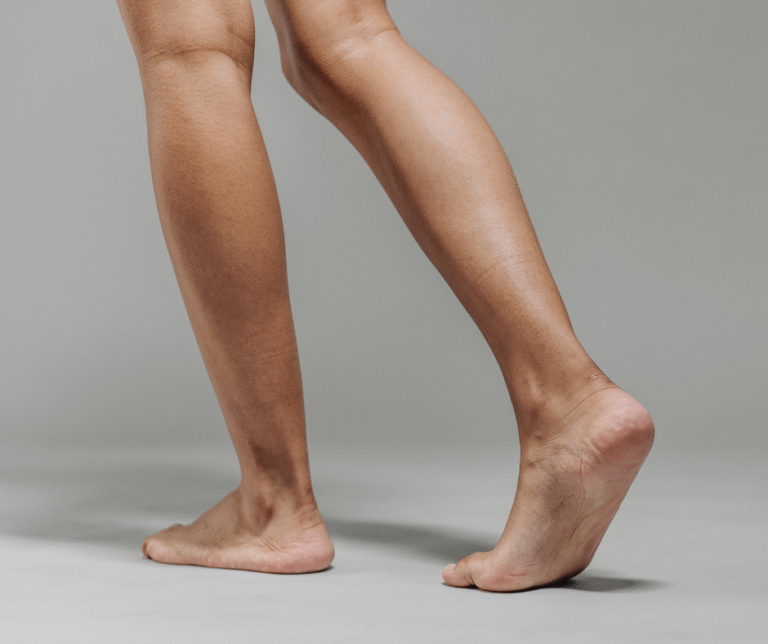Blisters Can Be Prevented

It’s the height of summer and many people are enjoying spending their free time exercising and recreating outside. But for many of these families, summer fun can involve painful blisters. Here are some facts that Dr. Stavros O. Alexopoulos wants you to know.
What Is a Blister?
A blister is a skin condition caused by friction when skin rubs against something – clothing, or the inside of a shoe, or even another bit of skin. Heat builds up and causes the layers of skin to separate. Usually, fluid builds up between them. Typically, blisters are uncomfortable. A blister may resolve on its own. When it doesn’t, medical attention is required.
How Can I Prevent a Blister?
The single best thing you can do to prevent a blister is to choose footwear that meets the following criteria:
- Well-fitting – Foot size varies over the course of a lifetime, as does width. Pregnancy, weight, and other factors can lead to change. If it’s been more than a year since you were measured, ask a professional to check and make sure you’re purchasing shoes in your current size.
- Comfortable – If your shoes pinch or hurt, a blister is probably going to form. Save your high heels for special occasions. They are known to contribute not only to blisters, but to bunions, hammertoes, and other issues as well. Sneakers and other athletic shoes should offer great cushioning and support. Replace them every six months or 500 road miles.
- Natural – Pick footwear that is made of canvas, fabric, or leather. Man-made materials don’t allow sweat to evaporate, and that extra moisture can cause blisters
- Flexible – Hard-backed shoes don’t move with you and are likely to cause the friction that can lead to a blister.
Once you select your shoes, be sure to make a smart sock choice as well. Choose a pair made of wool, which will do a better job of keeping feet dry than cotton will. There are thin pairs available for summer use. If you’re exercising, bring an extra pair along so you can change if the first pair gets damp.
If you do feel a tender spot developing, cover it with moleskin. This padded tape will provide the extra protection you need.
What If I Get a Blister?
Your blister should resolve on its own. Don’t squeeze or pop it. This can lead to infection. If the blister doesn’t go away in a couple of days, see your foot doctor for professional care.
Are you worried about blisters, or do you have another concern about the health and wellness of your feet, ankles, or lower legs? Call the friendly My Chicago Foot Expert staff at (773) 561-8100 or click here to schedule an appointment with Cook County podiatrist Stavros O. Alexopoulos, DPM in our modern, comfortable Ravenswood office today.







